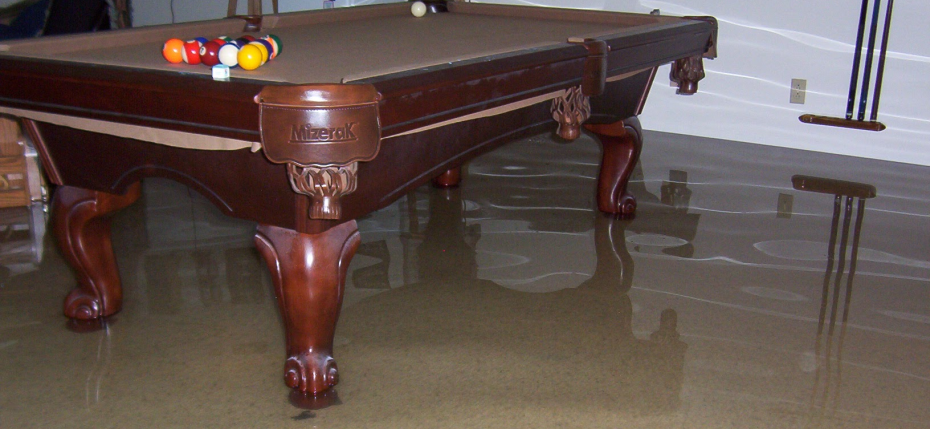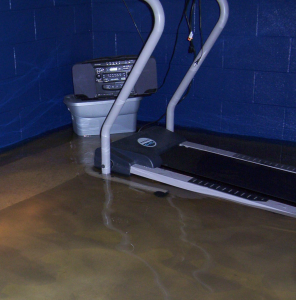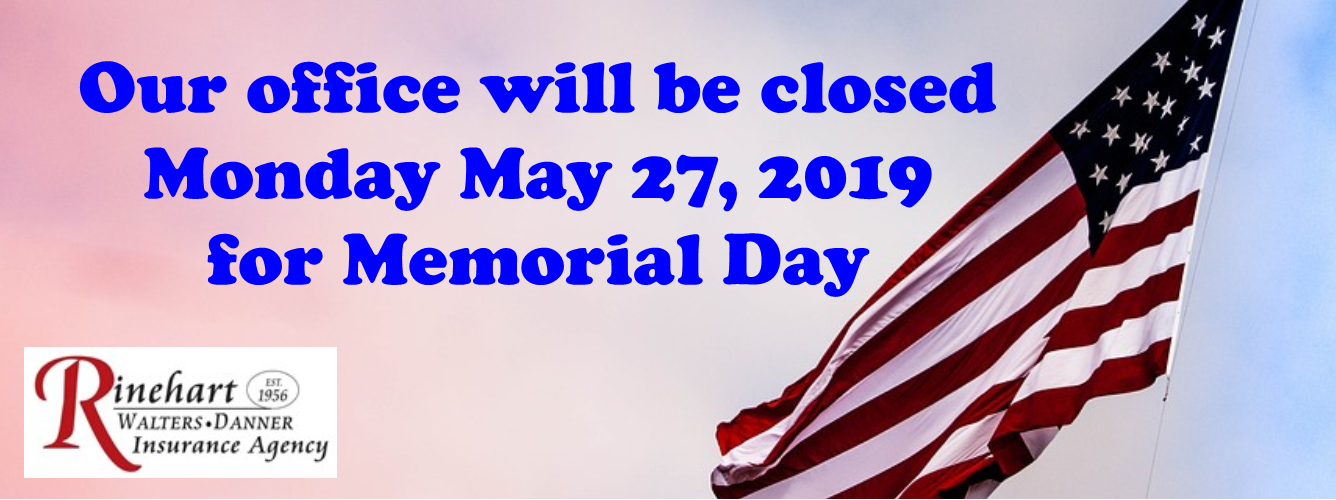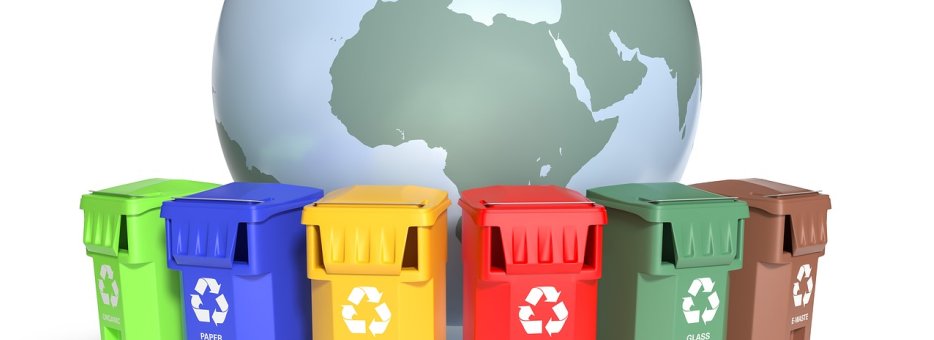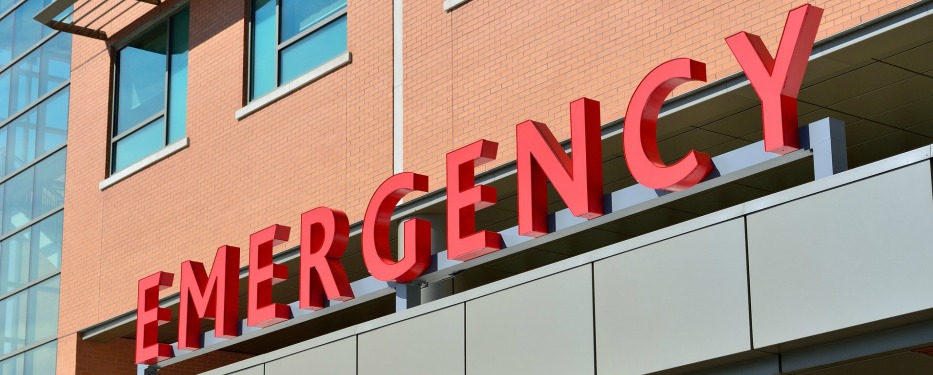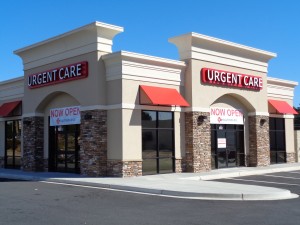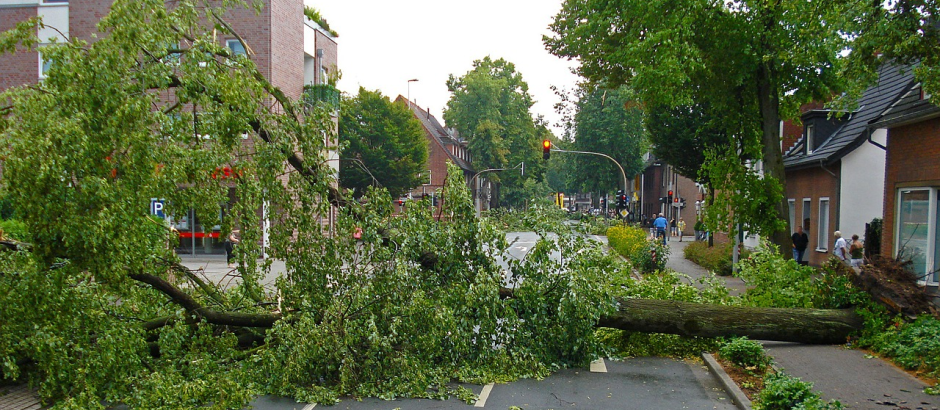
 With so many different types of insurance to choose from, it can be overwhelming to determine what type of small business insurance you need. We are here to help. Let us explain the types of insurance policies available and how they can help protect you, your employees and your business’s bottom line.
With so many different types of insurance to choose from, it can be overwhelming to determine what type of small business insurance you need. We are here to help. Let us explain the types of insurance policies available and how they can help protect you, your employees and your business’s bottom line.
Commercial Property Insurance
In the case of a catastrophic event such as a fire, explosion, burst pipe, storm or theft, commercial property insurance can help. Commercial property insurance compensates you for losses or damage to your building, leased or owned equipment, and other property on the premises. In fact, commercial property insurance can cover items such as furniture, inventory, computers and anything that would be considered necessary for performing normal business operations.
Commercial property insurance is typically purchased as a stand-alone policy or as part of a comprehensive business owner’s policy that includes property and general liability coverage. Commercial property insurance is offered on either a replacement cost or actual cash value basis.
- Replacement cost: Pays the cost to replace or repair the damaged property with materials of like kind and quality, without any deduction for depreciation.
- Actual cash value: Pays the cost to repair or replace the damaged property, minus depreciation.
General Liability Insurance
General liability insurance policies typically cover an organization for claims involving bodily injuries and property damage resulting from its products, services or operations. What’s more, this form of insurance can help cover medical expenses and attorney fees resulting from bodily injury or property damage claims for which your organization may be legally responsible.
General liability insurance policies typically have four coverage elements:
Premises liability. Covers you in the event that a person who is not employed at your business becomes injured on your property. If someone sued your business because they tripped and fell on your property, liability insurance can help cover those expenses.
Products liability. Covers you if a product or service causes injury to someone’s body or inflicts damage on a consumer’s personal property. If you’re a tech company that broke a customer’s computer while performing a service on it, those damages could be covered.
A personal injury. Is when your business inflicts a physical, financial or mental injury to a third party. For instance, let’s say you take action in detaining someone who you had reason to believe was stealing from your store. If it turns out your accusations are false and the person decides to sue you, you’d be covered under your general liability policy.
Advertisement injuries. Are caused by alleged misinformation, copyright infringement or slander made by your company. For Example: If you were advertising a product that claimed it could help clear acne and it ended up making a consumer’s acne worse, That could be considered an advertisement injury.
Overall, a general liability policy is beneficial for covering any medical bills or legal costs that accrue if the injured third party decides to sue your business.
Employment Practices Liability
Employment practices liability insurance (EPLI) is a form of insurance that covers wrongful acts that occur during the employment process. The most frequent types of claims covered under an EPLI policy include:
- claims of discrimination
- wrongful termination
- sexual harassment
- retaliation.
These policies will reimburse your company against the costs of defending a lawsuit in court, and for judgments and settlements. EPLI covers legal costs, whether your company wins or loses the suit. However, these policies typically do not pay for punitive damages, or civil or criminal fines.
Workers’ Compensation
Workers’ compensation is important in the event that an employee suffers a work-related injury or illness. This type of insurance is required in most states. And it is used to cover medical bills or wage replacement for employees who experience a work-related injury.
For example, if a worker pulled a back muscle at work and was unable to perform their duties. Workers’ compensation would help in covering any physical therapy costs as well as compensating the employee for any lost wages.
Having worker’s compensation insurance can also protect your business from civil suits made by employees against your company related to their injuries.
Cyber Liability Insurance
If any part of your business is on an online platform, it is crucial to obtain cyber liability insurance. This type of coverage can protect your business from a cyber attack or interruption that can cause a loss in data, revenue and the trust between you and your customers. Cyber liability insurance is not only there to protect the internal information of your company, such as employees’ social security or financial information, but it also protects your customers’ personal and banking information.
Most cyber liability policies include both first- and third-party coverage:
- First-party coverage is for the business itself— helping the business recover from any losses after a cyber attack.
- Third-party coverage is to cover claims by people who have been injured because of your business being hacked.
Restoring compromised or lost data can be very costly. Cyber liability insurance is there to help cover financial losses to your business and the costs of claims made against your company by clients or other third parties who were affected.
Commercial Auto
Commercial auto insurance helps cover the costs of an auto accident if you or an employee is at fault. This coverage can help pay for damaged property and medical expenses.
Your business should consider a commercial auto policy if any of the following are true:
- Your business owns, leases or rents vehicles such as cars, trucks or vans.
- Your business has employees who drive their own vehicles to conduct business.
- Your business has employees who operate leased, rented or owned company vehicles.
Professional Liability Insurance
Professional liability insurance, also known as errors and omissions (E&O) insurance, can protect your business against claims that a service you provided caused a client to suffer due to a mistake on your part or because you failed to perform a service.
Professional liability insurance can cover the cost of defending your business in a civil lawsuit for an alleged error or omission. What’s more, depending on your industry, professional liability insurance may be required by law.
While many types of businesses need professional liability insurance, you should especially consider this type of insurance if your business works directly with customers while providing services.
More Information
Contact Rinehart, Walters & Danner to help you analyze your small business insurance needs. We can hlep you decide on the right coverage for you and your growing business. You can also CLICK HERE to learn more about business insurance.

 Roofing can be a competitive and rewarding field, and years of hard work can help contractors establish a strong customer base and reputation. Roofing contractors invest their expertise, time and energy to build or repair roofs that will stand the test of time. However, owning a roofing contractor business can be physically and mentally demanding. And it’s a constant challenge to deliver exceptional service while maintaining profitability.
Roofing can be a competitive and rewarding field, and years of hard work can help contractors establish a strong customer base and reputation. Roofing contractors invest their expertise, time and energy to build or repair roofs that will stand the test of time. However, owning a roofing contractor business can be physically and mentally demanding. And it’s a constant challenge to deliver exceptional service while maintaining profitability.